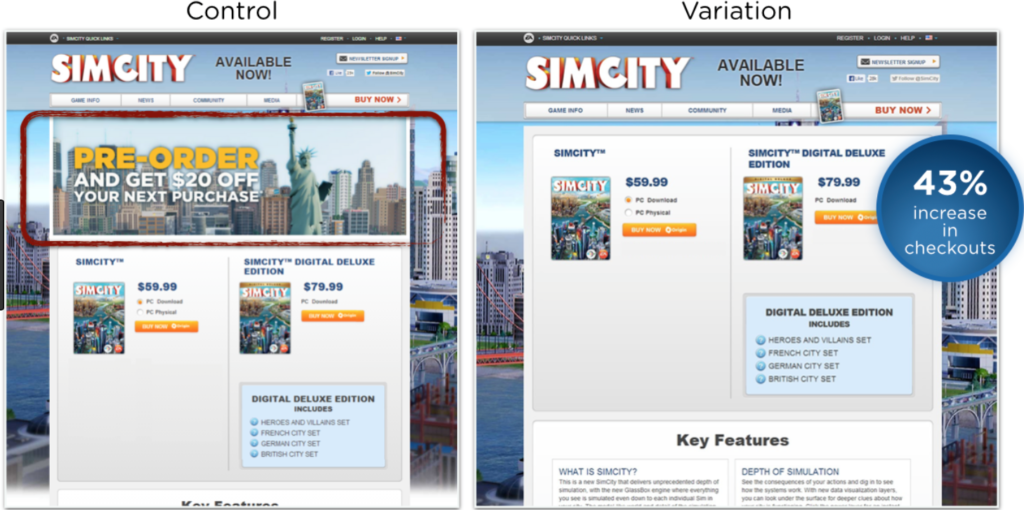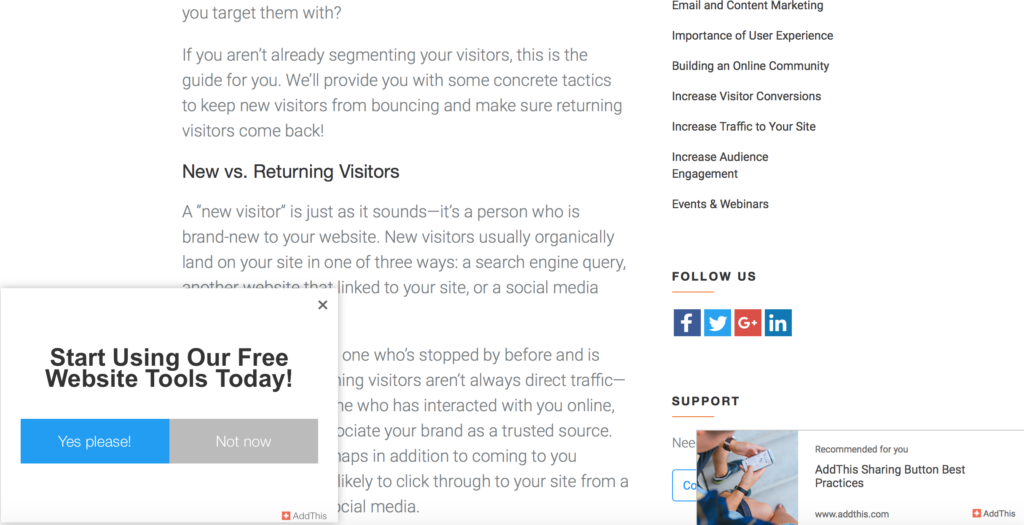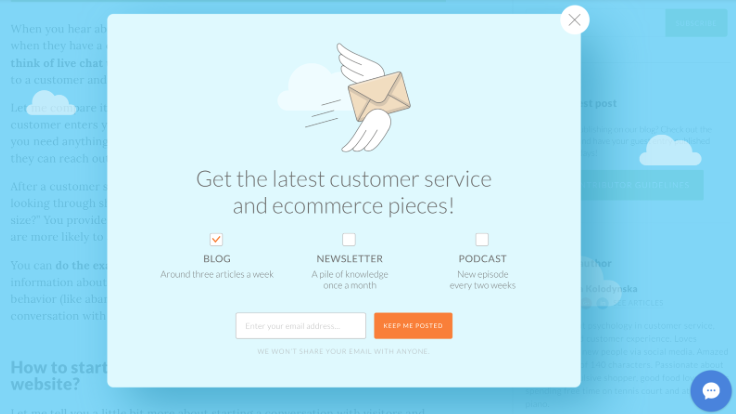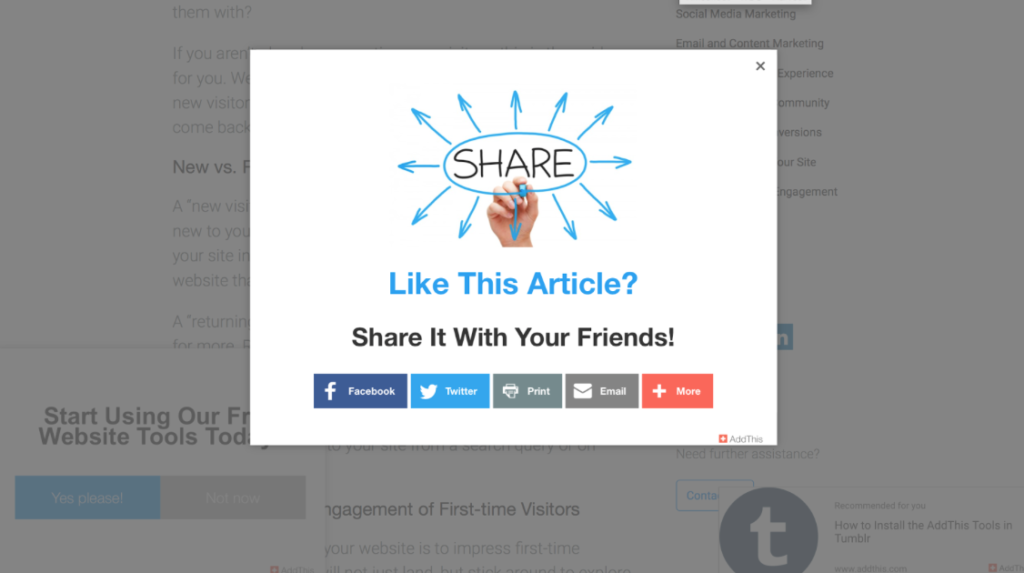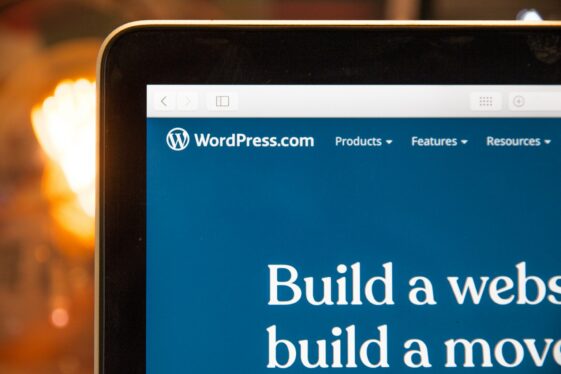The Best Real-Time Personalization Techniques for Your Website

Real-time website personalization is a concept that has been around for nearly a decade (thank you Amazon), but has recently gained steam based on new marketing trends. These trends emphasize delivering user-specific content based on behavior, preferences, and concrete data. With the advancement of real-time data and analytics, a tailored digital experience is becoming increasingly viable for websites of all sizes and scales.
Personalization works by collecting information about the user from select sources and comparing them against preset variables to determine which content is optimal for that particular user. Variables like location, device, keywords, customer history, sessions behavior, and more can be leveraged to tailor the site to the specific user. We break down easy ways to increase conversions and elevate the user experience using real-time personalization techniques.
LEVERAGE UNIQUE USER PROFILES
While there are hundreds of easy ways to link inbound marketing efforts to personalization methods, conversions are the ultimate measure of your efforts. Remember to create an exclusive experience that caters to the habits, preferences, and status of your users. It’s not enough just to know your users inside and out. You have to harness that data to create content that is directly applicable to your users.
Use A/B testing for specific groups of users to test variations in layout, substance, design, or delivery of personalized content on your website. Targeted testing will allow you to make more concrete and informed decisions about the types of content being delivered on your website. For example, you can differentiate the homepage experience for users who match particular personas. Use real-time data of user habits and preferences, guide users towards a specific homepage with tailored content suited to their unique needs. We recently partnered with Federal News Radio by leveraging Google Analytics Experiments for A/B testing to help restructure the information architecture for an improved user experience.
A/B Testing for homepage designs are a great way to gather targeted data to help inform a unique user experience.
MAP YOUR USERS
Targeting geolocation is another way to easily leverage user data for personalization, as you can create content linked to nearby locations, events, or even climates. For example, a user needing a heavy winter jacket in Canada should have a different browsing experience than someone in south Texas. The content offered should suit those specific needs, such as an add-on offer for discounted snowboots for the Canadian user that doesn’t appear for the Texan.
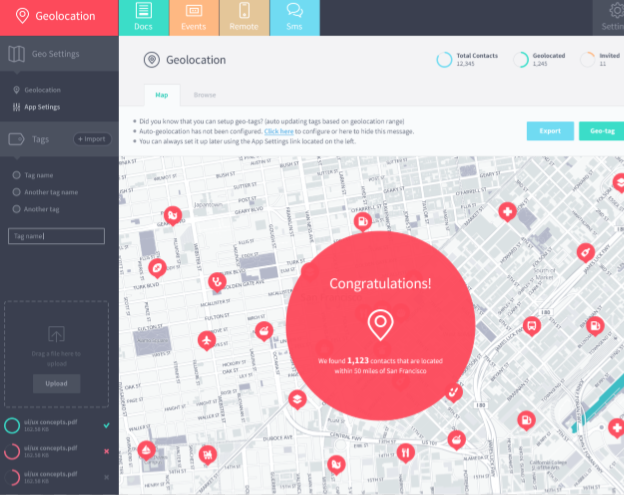
Geolocation can be a great tool for personalizing content relative to local events or locations.
You can also organize your understanding of users in terms of more broad scale data. Begin by fully understanding your customers’ habits by identifying their stage in the buying life cycle; are they browsing the “About Us” page, or are they delving into the specific product pages with more detail? The latter is clearly a more intentional customer further along in the customer journey. You should also look at the specific products or services the visitor is viewing to understand their intent, as well the specific industry information they view. Lastly, create personas that allow you to map your customers through buying habits, customer journey stage, preferences, demographic info, geolocation, and more. This will allow you to pull valuable data when adjusting your personalization efforts on the website to create more targeted content and increase conversion rates.
CLEARLY DIFFERENTIATE USER EXPERIENCES
Remember that users are generally moving quickly through your site with a specific intent in mind. You want to keep the user engaged while guiding them to easily discoverable conversion points. Differentiating between distinct user experiences can be an effective way of implementing personalization in your website.
For example, first time users can–and should–have different experiences on the website than repeat users. By leveraging visitor profiles, the introductory material for a first time user can include a welcome banner with contact information, a step-by-step onboarding guide, or other simple differentiation of experience. On the other hand, cater to repeat users with a sense of exclusivity, such as a targeted offer for a related product, maintenance services, or loyalty rewards. With the right touch of personalization, you can turn a repeat visitor into a brand advocate.
First time users should have key points of engagement unique to their user experience, such as pop-ups and offers for buy-in.
Dynamic calls to action (CTAs) are also a great way to personalize content based on specific visitor profiles. For example, a return user for a Automotive Shop might be offered a free add-on service like an oil change, where as a first-time user could encounter a CTA with a “Thank You” message and direct contact link.
IMPROVE INBOUND CONTENT MARKETING
To improve content marketing efforts, personalize the variety of content users view on your website with relevant offers that double as opportunities for engagement. Podcasts, white papers, webinars, and more can be prime avenues of personalizing content based on user preferences. You can also employ targeted cross-selling and upselling using behavioral analytics; for returning users who have already purchased a product, for example, upsell support services or cross-sell related products with subtle offers or advertisements.
Use personalization for first time users to increase content marketing conversion rates.
You can also manage other, simple personalization opportunities by leveraging data-backed marketing efforts based on user interests. Further differentiate between returning and first time users with recognition of past user actions and purchases, as well as reminders or callouts for new incentives or rewards. For example, an advertisement for a snow-proof jacket that appears on an outdoor gear company’s site for a user who previously bought skis in Alaska leverages geo-location and user journey data from the website to create a targeted offer as a potential means of conversion.
REMEMBER SOCIAL AND MOBILE EXPERIENCES
The advent of a mobile-first approach to website development has created invaluable opportunities for personalization of content. Creating relevant, easily digestible content tailored to the mobile browsing habits of users means curating content that is relevant and smaller in scale. A NPS survey will have a much higher return rate than email, for example, as an-app online registration tool. You can also create mobile-specific offers to engage on-the-go users.
Similarly, social media is directly tied to the user experience, particularly on mobile. Use profiles and reviews to suggest products or services based on users with similar profiles, allowing visitors to find relevant products faster and validate their purchase intentions.
Social media optimization is an easy and powerful means of personalizing content for users.
Real-time personalization is an often untapped market for targeted conversion opportunities unique to your audience. By segmenting, differentiating, and highlighting these unique user experiences through leveraging data-driven decisions for content creation. Curate this content for specific user profiles to provide a sense of exclusivity that will help increase engagement and drive conversion rates higher. While there are endless possibilities for implementing real-time personalization, the ease lies in taking advantage of the tools already at your disposal.
Tools and services we recommend for personalization:
- Acquia Lift: Personalization software that works across any CMS platform and unifies content and customer data in a single solution. An intuitive UI is easy to use and integrates seamlessly with relevant technologies using a cloud-based infrastructure that expertly scales with your website.
- Optimizely: The experiment-based personalization software is a leader in offering data-backed decision points for website administrators. The user-friendly interface allows you to implement real-time experiments with user profiles, buying habits, and demographics in mind. The new Optimizely X is particularly powerful at delivering targeted experiences designed to improve conversion rates and reduce bounce rates.
- Boomtrain: Processing billions of data points to create a single, unified understanding of user profiles, Boomtrain uses AI-powered insights to understand customers in real-time with a dedicated Customer Success team that ensures campaigns achieve high deliverability and align with your organization’s goals.
- RichRelevance: With over $24 billion in attributed sales from their customers, RIchRelevance uses big data and AI to create personalized content. They engage users across devices and industries, with some of the biggest brand names relying on the cloud-based solution to craft unique digital experiences for their users, including Barneys New York, LL Bean, Office dept, and L’Oreal.
More complex solutions:
- Adobe Target – This is one of the most established personalization engines evolving from the original Touch Clarity back in 2004 and then integrated into the Omniture analytics suite as Test and Target.
- IBM Product Recommendations – Coremetrics Intelligent Offer was widely used by retailers for analytics, but since acquisition by IBM has been offered as a separate product.
- Google Optimize 360 – This is the most service offer added in the latest update to this page. Optimize is available as AB Testing to all GA users, but the Personalization option is only available to enterprise subscribers currently.
Learn how to implement personalization on your Drupal and WordPress website by emailing us at [email protected] or by connecting with us here.

